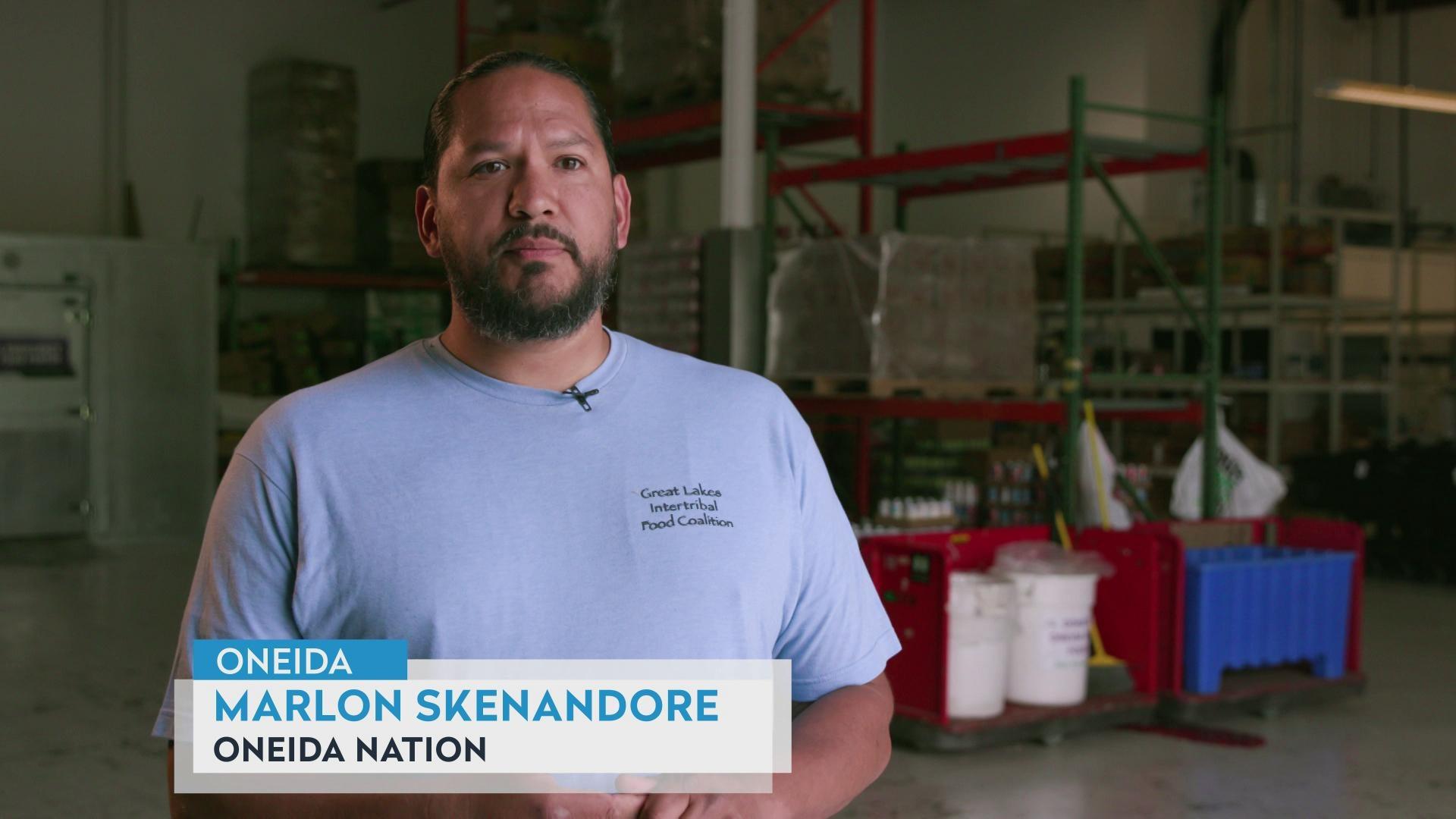Frederica Freyberg:
Certified nursing assistants often perform much of the work in places like assisted living facilities or nursing homes, and the healthcare workforce report shows additional critical shortages of other frontline health workers across the state. For more on the ramifications of this for patients, staff and hospitals, we turn to Ann Zenk, vice president of workforce and clinical practice at the Wisconsin Hospital Association. Thanks for being with us.
Ann Zenk:
Thanks for having me.
Frederica Freyberg:
So how many vacancies are there right now for certified nursing assistants in Wisconsin?
Ann Zenk:
Nearly 1,800 across the state, and added to that, nearly 4,000 RN open positions.
Frederica Freyberg:
Has it ever been vacancy rates that high?
Ann Zenk:
You know, I think because our healthcare, hospital and health system workforce is larger than it’s ever been and these are historic highs, I think those levels are unprecedented also.
Frederica Freyberg:
What happens when there are not enough CNAs or RNs in a healthcare facility of any kind?
Ann Zenk:
So, you know, hospitals right now are experiencing a really big bottleneck in the availability of long-term care beds, like nursing home beds. The impact of that is that patients stay in the hospital longer than they need to, which stretches staffing thinner and also creates longer wait times in the emergency department as patients who need that acute care bed have to wait for another bed to open up.
Frederica Freyberg:
Because your report talks about something called the silver tsunami, and again, these nursing home bottlenecks. Describe what’s happening there.
Ann Zenk:
We’ve been talking at WHA and thinking about the impact of the retirements of the large baby boom population — generation, excuse me, because the baby boom generation is so large and spans a couple decades, we’re now seeing the silver tsunami in Wisconsin. 10,000 U.S. citizens turn 65 every day and that’s retirement age, right? In Wisconsin, about one in four individuals is at retirement age. That’s even ahead of the U.S. population where it’s about one in five. That means our healthcare workforce is shrinking. There’s an additional challenge for hospitals and health systems, because as we age, our need for healthcare increases. So just at the time our workforce is shrinking, healthcare demand is growing.
Frederica Freyberg:
So what does all of this mean for patients and healthcare providers themselves?
Ann Zenk:
We need to focus on growing our workforce faster if we’re going to keep up with demand, but we also have to figure out a way to increase capacity with the workforce that we have. So that means that, you know, we have to grow fast, we have to make better use of technology, we have to make sure our teams are operating at the top of their skill level. If we don’t do those things very effectively, we’re going to see longer waits in the emergency department. We’re going to see people maybe having to leave their own community and go to another community where there is an open hospital bed.
Frederica Freyberg:
How badly is this putting patients at risk?
Ann Zenk:
I think that it’s right now impacting people’s time and energy. I think ultimately, they get the care they need, but it might be farther away than they would like or than their families can visit. It might be, you know, we focus a lot on the right care in the right setting at the right time, so their rehab might be delayed if they can’t find that long-term care they need.
Frederica Freyberg:
You talk about some of the kinds of solutions that are under consideration, but what about the pay for some of these lower paid frontline workers, like CNAs. Is there a way to adequately increase that to attract and retain them?
Ann Zenk:
We are hearing from our hospitals and health systems that CNA wages are increasing as demand increases. A few years ago, CNA pay started at maybe $13 or $14 an hour. In our latest salary survey, the average starting salary is around $17 to $17.50 an hour and the median salary is around $19.50 an hour, so those wages are coming up.
Frederica Freyberg:
We don’t have much time left, but I know that there have been state investments and kind of CNA training programs and Governor Evers is calling for $100 million in his state budget to address the healthcare workforce shortage. Are policy makers, though, across the board hearing and understanding this problem?
Ann Zenk:
I think as the word gets out, as our report is published and shows doubling of vacancy rates in just one year, that message is starting to get across.
Frederica Freyberg:
All right. Well, Ann Zenk, thanks very much.
Ann Zenk:
Thank you.
Search Episodes

Donate to sign up. Activate and sign in to Passport. It's that easy to help PBS Wisconsin serve your community through media that educates, inspires, and entertains.
Make your membership gift today
Only for new users: Activate Passport using your code or email address
Already a member?
Look up my account
Need some help? Go to FAQ or visit PBS Passport Help
Need help accessing PBS Wisconsin anywhere?

Online Access | Platform & Device Access | Cable or Satellite Access | Over-The-Air Access
Visit Access Guide
Need help accessing PBS Wisconsin anywhere?

Visit Our
Live TV Access Guide
Online AccessPlatform & Device Access
Cable or Satellite Access
Over-The-Air Access
Visit Access Guide
 Passport
Passport


















Follow Us